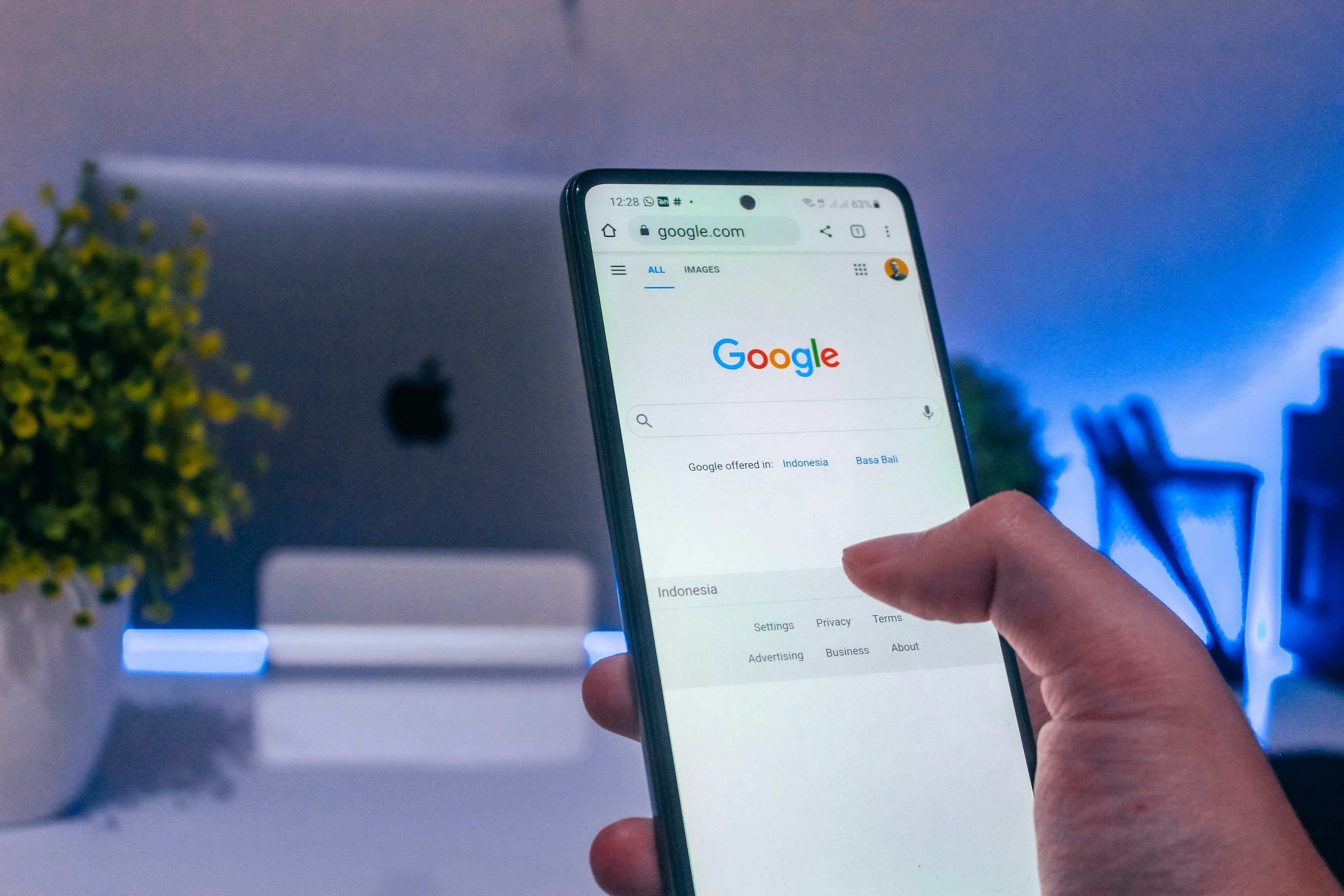
The rise of AI search: from pages to paragraphs
May 29, 2025
Triin Uustalu
Traditional search engines crawl and rank pages. AI search engines, on the other hand, scan for segments—paragraphs, phrases, and chunks of meaning that can be turned into coherent answers. This shift means the page is no longer the primary unit of discovery. For content to be found, cited, or summarised by AI, it must be legible at the paragraph level. That changes how we structure what we write—and what it means to be visible.
The full-page era is fading
For most of the internet’s history, discoverability hinged on the page. Google indexed URLs. Search rankings were awarded to documents, not segments. If your page made it to the first ten results, your content could be seen, clicked, and read.
But AI doesn’t engage that way. Tools like ChatGPT and Perplexity don’t present a list of links—they generate an answer. To do that, they extract parts of the content from many sources. A paragraph from one article. A definition from another. A stat pulled in, rephrased, lightly attributed—if at all.
This means visibility isn’t about where your content ranks on the page. It’s about whether your paragraph is useful enough to become the answer.
AI doesn’t read. It parses.
When you ask ChatGPT a question, it doesn’t index the web in real time like a search engine. Instead, it calls up embeddings—mathematical representations of meaning—from its training data. If it’s connected to live sources, like via Bing’s API or its browsing tool, it fetches supplemental information, but it does so selectively. It doesn’t scroll. It doesn’t “browse” in the human sense. It looks for structured, summarisation-ready chunks it can quote or rephrase. Then it rewrites them in fluent English.
In this way, LLMs often sit on top of existing search engines. They use them to fetch candidates, then apply their models to interpret and compose answers. They’re not replacing traditional search mechanics entirely. They’re reframing what those results look like, compressing long pages into one or two digestible paragraphs.
What the model is looking for isn’t pages. It’s blocks of meaning: an explanatory paragraph, a numbered step, a question-and-answer pair. These are easier to ingest when they’re structurally clean, front-loaded with context, and stripped of fluff.
That mirrors how these systems are trained—not just on raw HTML, but on carefully chosen corpora that value clarity. If your content reads like a textbook, a manual, or a well-edited explainer, it’s more likely to be included. If it wanders, the model may skip you, not because your ideas lack merit, but because it can’t figure out how to summarise you quickly.
Structure isn’t optional
The clearer your structure, the easier it is for a model to isolate meaning. This is where semantic HTML, headings, summaries, and clear sectioning become not just best practices, but requirements.
We covered the technical foundations of this in our article on LLM-friendly technical fixes, but the core idea is simple: think in paragraphs, not pages. Each one should stand on its own. Each one should be skimmable. If a model cropped the rest of your page and only kept that section, would it still make sense?
That’s the test now. And it’s happening whether you like it or not.
Precision beats performance
In a paragraph-first world, the temptation to write long, flowery introductions or bury key ideas in marketing language backfires. LLMs don’t reward performance. They reward clarity.
This doesn’t mean writing like a robot. It means cutting the filler. Answer the question first. Elaborate after. Avoid starting a paragraph with three sentences of scene-setting when one direct sentence would do. If your content contains a valuable stat, put it in the first clause, not halfway down the block.
Think of this not as writing for AI, but writing for summarisation. Because that’s what AI is doing—every time.
The new signals of relevance
In the world of traditional SEO, relevance was inferred from keywords, backlinks, and page engagement. In AI search, relevance is demonstrated by how often you’re quoted, often without a click. That means new signals matter more: consistency of tone, factual grounding, paragraph clarity, and formatting discipline.
We’ve seen this play out in live tests. Pages that include summaries, FAQs, and clear paragraphing are cited more often in Perplexity. Even when they rank lower in Google, they’re considered “usable” by LLMs because they explain themselves better. That usability isn’t just a design trait—it’s a content strategy.
If you want to be quoted, write in a way that makes quoting you easy.
Search used to be about winning the page. Now it’s about being part of the answer.
In a world where AI systems write the summaries, your content needs to be prepared, not just to be read, but to be reused. That means thinking smaller. Structuring better. And writing with the awareness that your next visitor might not be a person, but a model deciding what humans will read later.
Glafos offers a free, AI-powered audit that shows exactly how search engines and chatbots see your website—and delivers clear, code-free action plans to fix what’s holding you back. Simply enter your URL at glafos.com, and get a personalised report in under a minute.
Everyone deserves a great marketer—even if that marketer is AI-powered.
Related Posts

What Is AI-Search? And why it’s reshaping how we find everything
AI search is changing how people find answers online. Learn what it is, how it works, and why being visible now means being quotable by machines like ChatGPT.

Beyond keywords: how to future-proof your site for AI-driven search
Search is no longer just about ranking — it’s about being quoted. Here's how to make your content future-ready for AI assistants like ChatGPT, Bard, and Claude.
